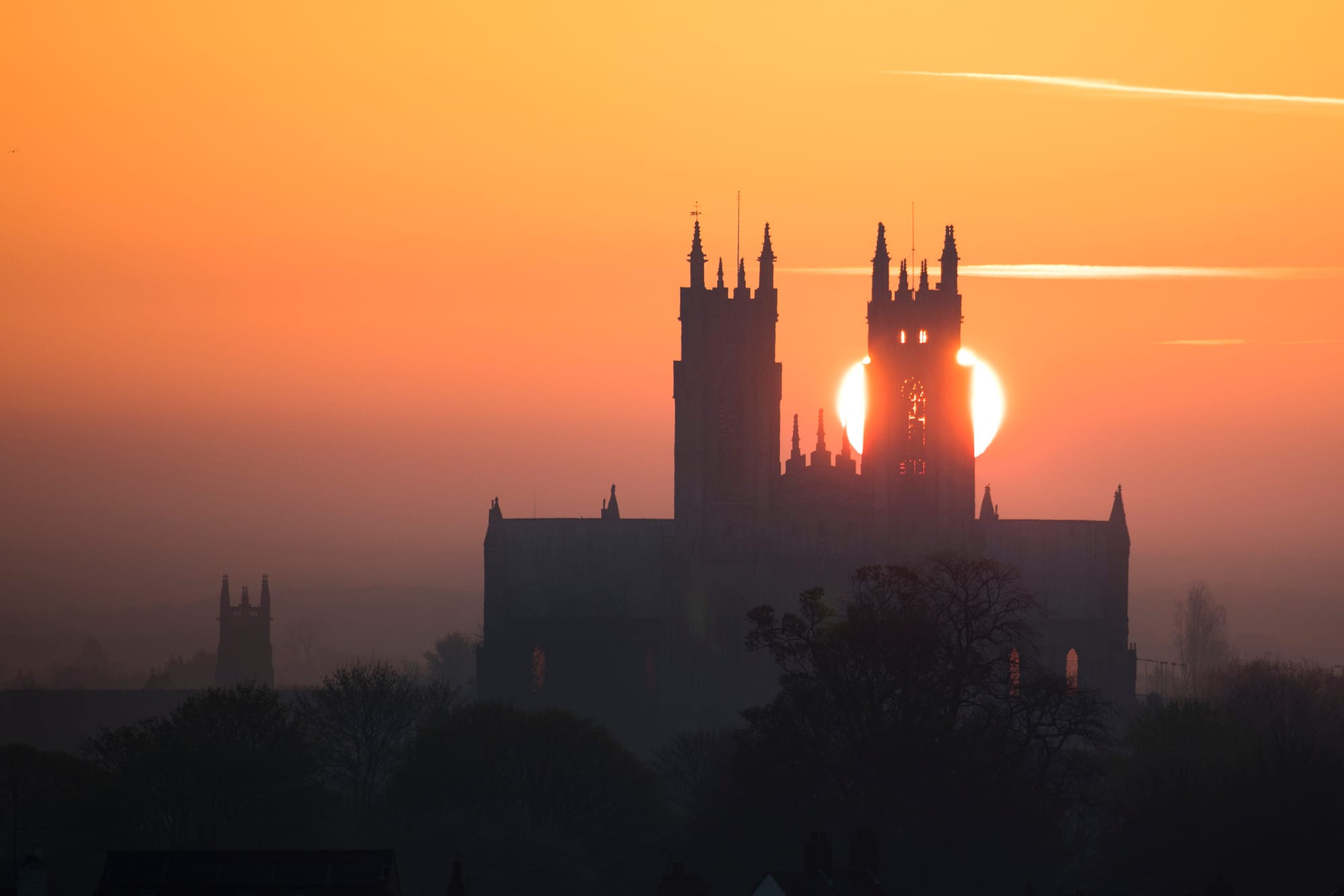
This article is a part of the Eustace collection - aimed at helping others create counter-narratives to threats to our historic environment.
Learn more about EustaceAccess all the Eustace articles here:
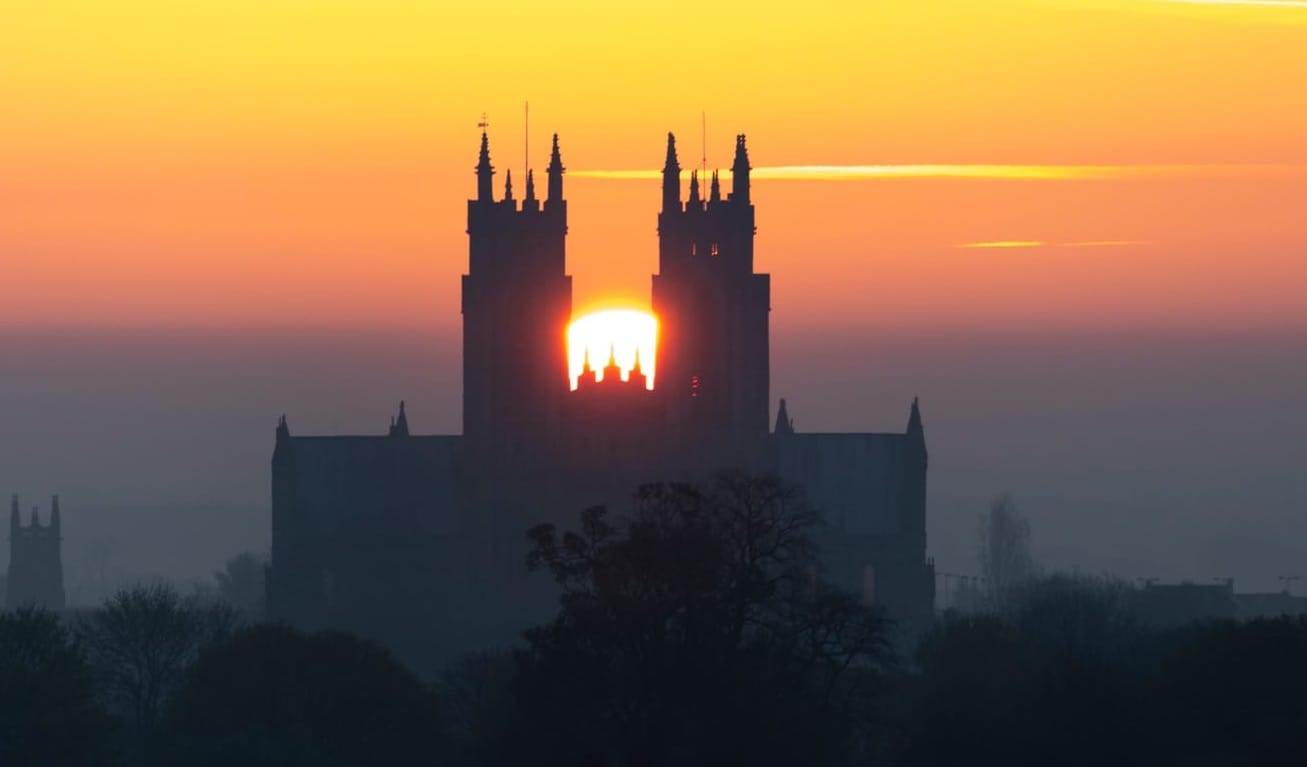
The Repairer of the Breach
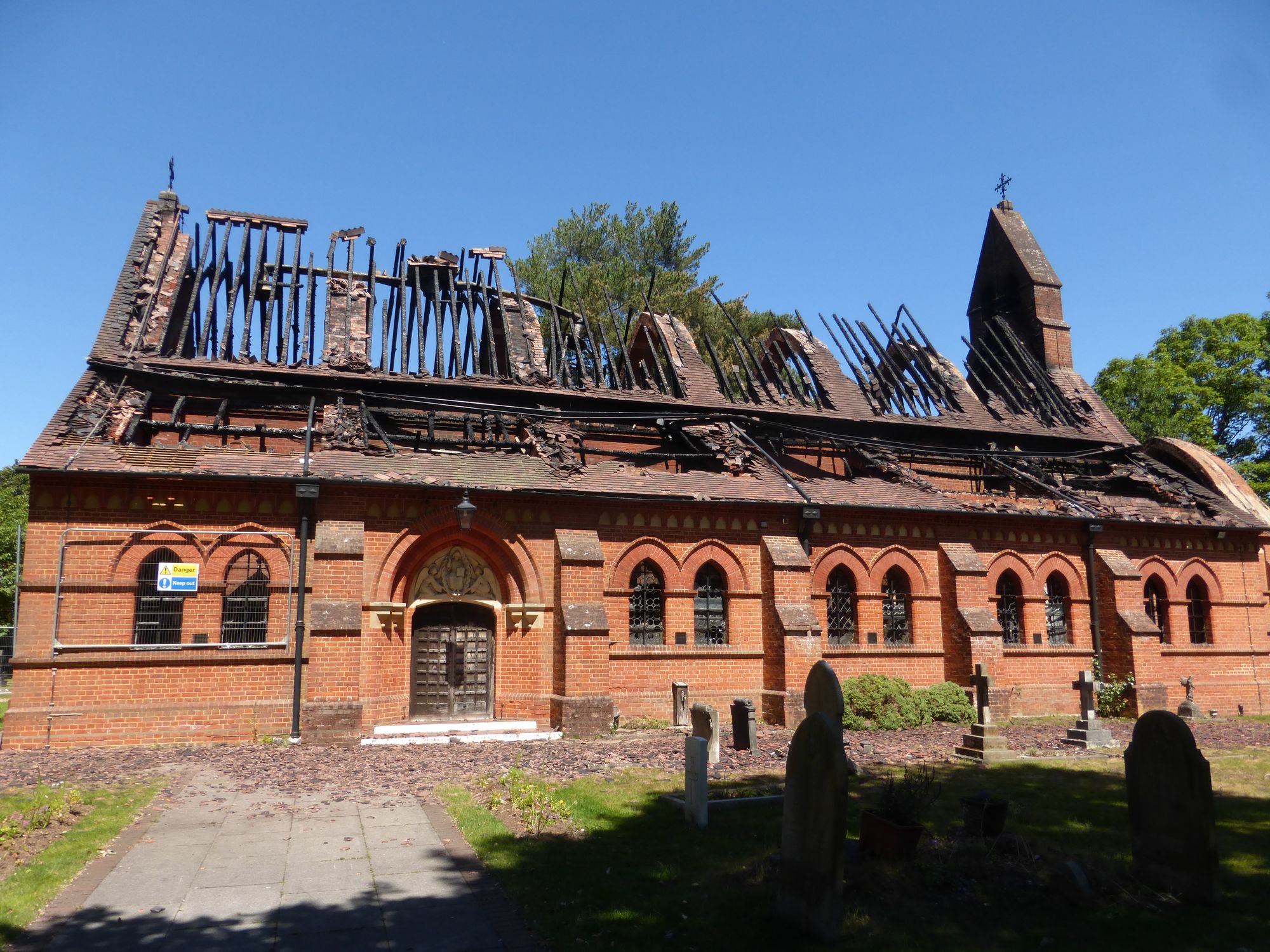
I park Woody in the courtyard next to the church and pull my photography equipment together. I haul it over to the south door, put the key in the door and open it. I walk through the door fumbling around with my bags and tripod. It all feels a bit clumsy - the strapping from my bag has caught between the tripod legs. I bend to the floor and unravel the strap. When I stand back up, I see the nave for the first time and I’m projected from my clumsy-self into a space full of grace and dignity. I’m inside a Victorian church - but not a Victorian church like I have ever seen before.
I’ve visited and photographed numerous Victorian interiors from Pugin to Morris - each one holding a faded visual charm; but here, at All Saints, Fleet in Hampshire, this Victorian interior is alive and as fresh as the first day it was built by William Burges in the 1860’s.
The peeling paint, the muted colours and the rusting iron is no more. Here time’s cataract has been removed, and I’m seeing a building as the Victorians first saw it. It is as if a wormhole has opened up to allow me to experience the unalloyed bliss of a chromatic rendering from the age of steam.
All Saints was subject to an arson attack in 2015 which left the building a shell. It has taken 8 years of careful planning and skilled conservation to bring the building back to life. Acanthus Clews, the architects of the re-build, worked tirelessly with the community to restore the church and also make it fit for purpose for modern needs. But this isn’t just a re-build, and the significance of this place isn’t because it’s an old thing wrought new.
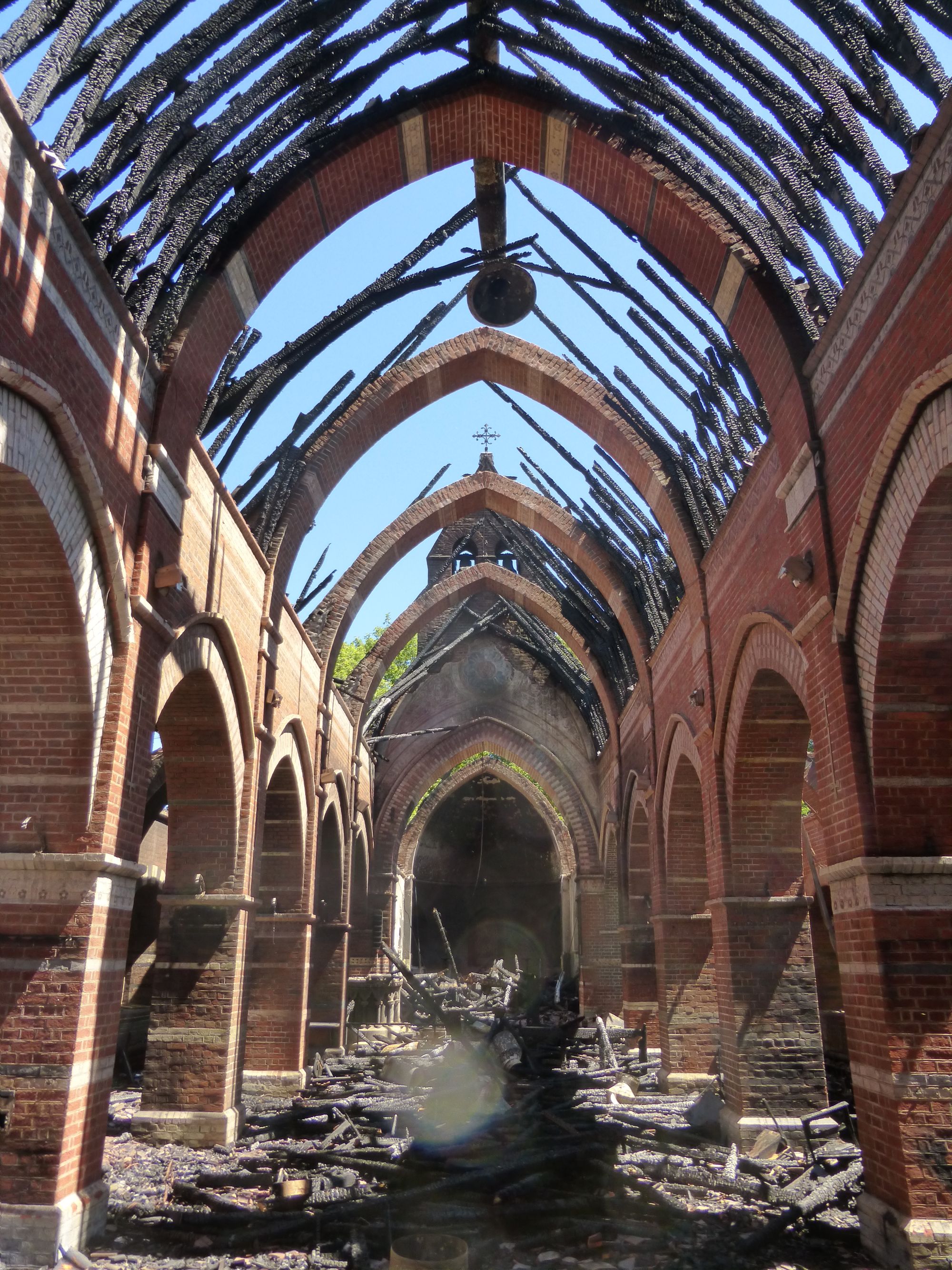
"The peeling paint, the muted colours and the rusting iron is no more. Here time’s cataract has been removed, and I’m seeing a building as the Victorians first saw it. "
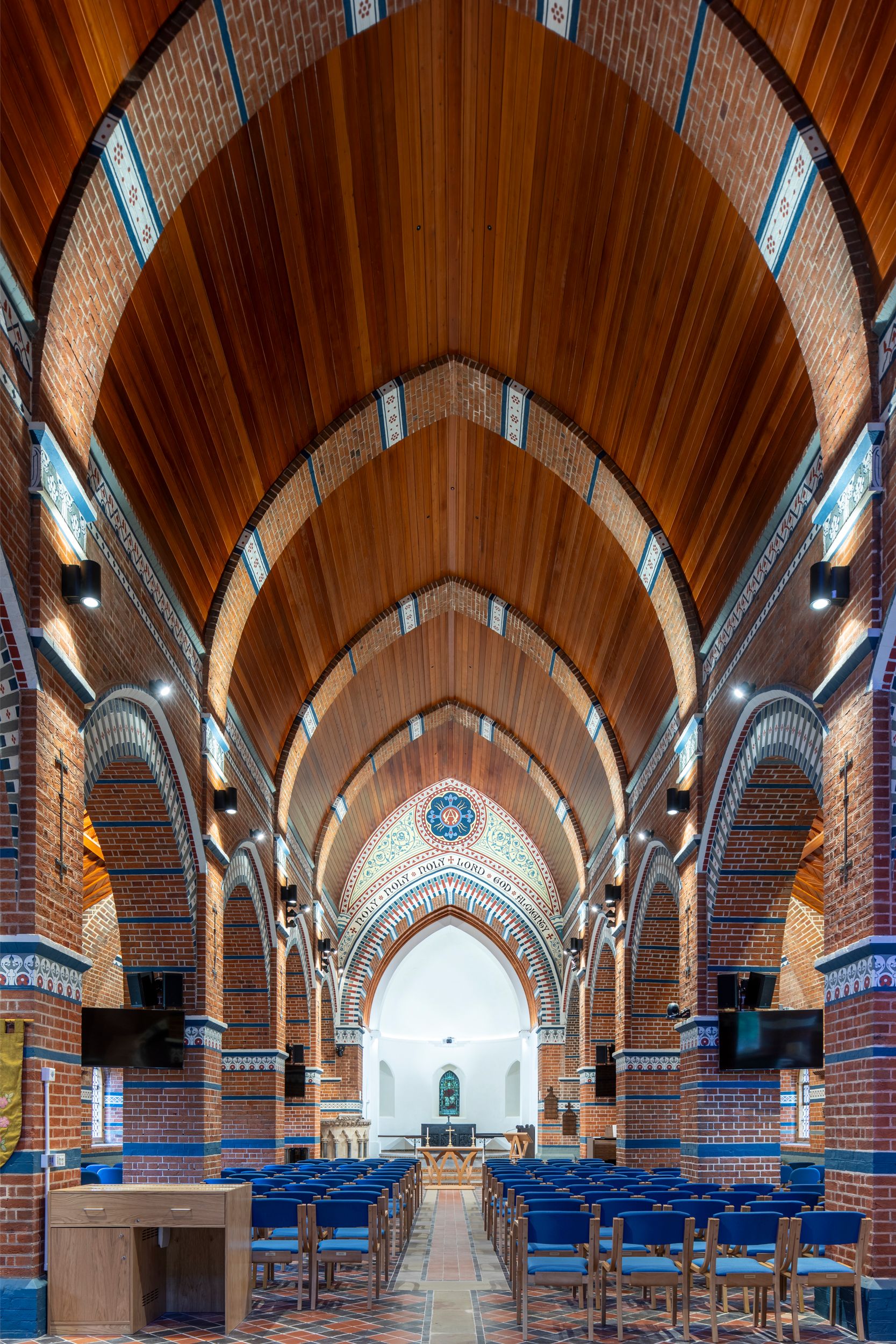
Sometimes, there are times when a combination of organisations, people and events transform a building into a different realm, filling the gap that lies somewhere between the bricks and mortar and the aspirations and needs of a community.
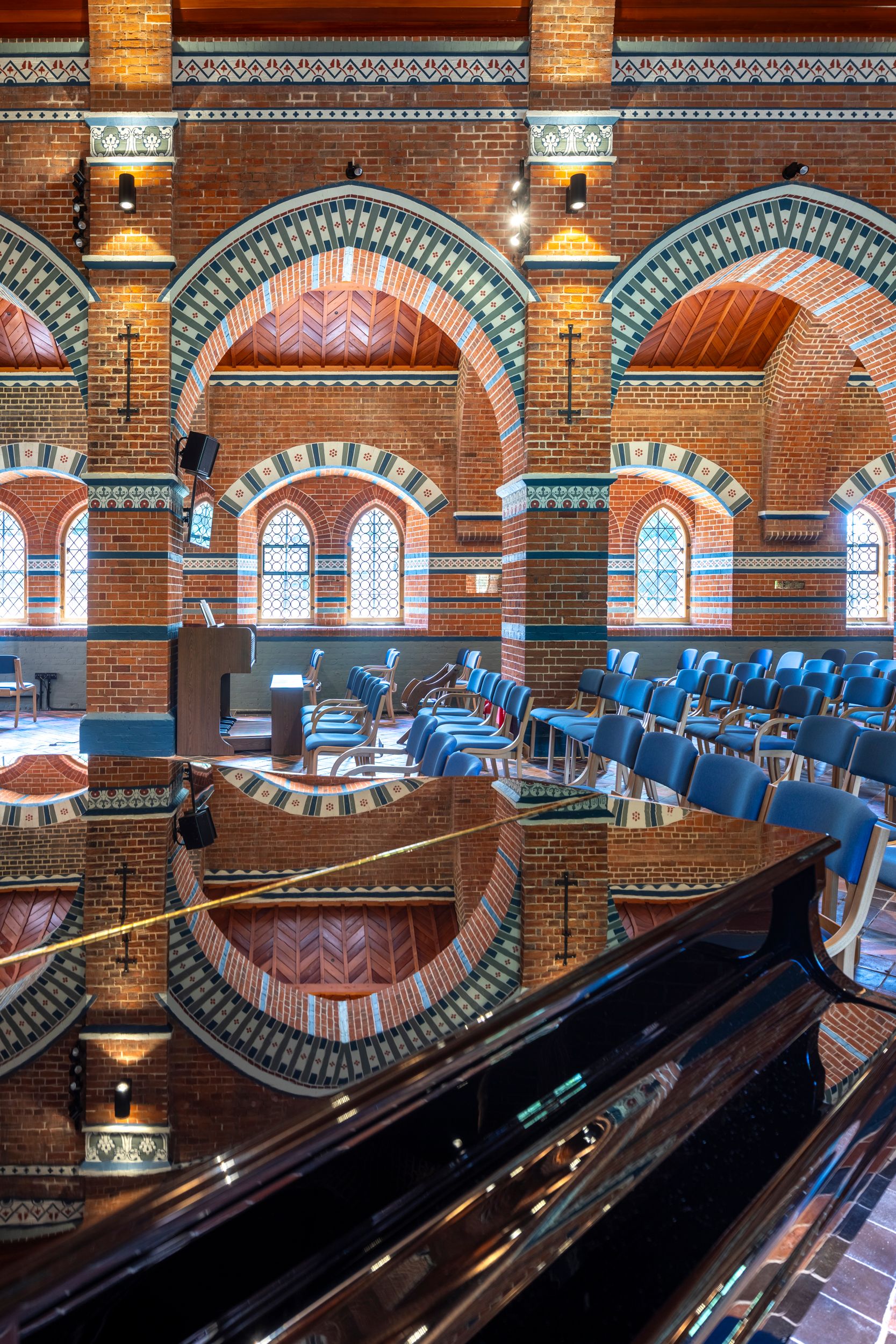
The people of Fleet didn’t just rebuild the church, they scripted a narrative that made sense of the desolation and brought order out of chaos. It works on so many levels: helping the community find solace and focus and showing others that in the depths of despair green shoots can grow.
Inside the church, I draw out the legs of my tripod and fix my camera onto the plate. I change my lens over to a zoom and extend it out to capture the chancel. Caught between the cross hairs of my viewfinder is the altar.
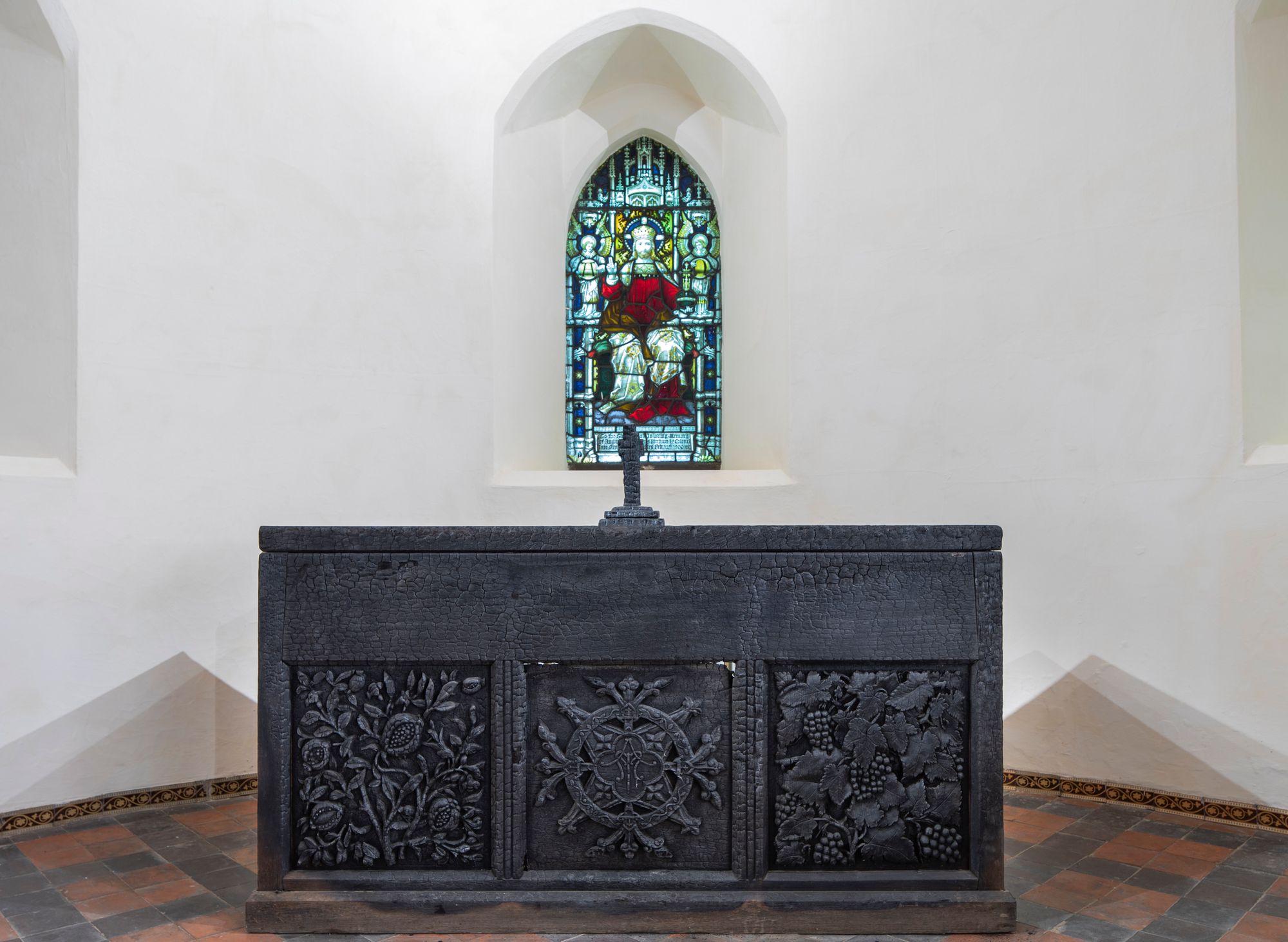
I walk up to the altar and am deeply moved by what I see. This is the altar that has survived the fire. I look at the fissured charcoal surface and can sense the devastation of the fire and yet, here and now, contrasted against the joy of this building, it looks remarkably beautiful - burnished like a jewel. What is even more remarkable is what it represents.
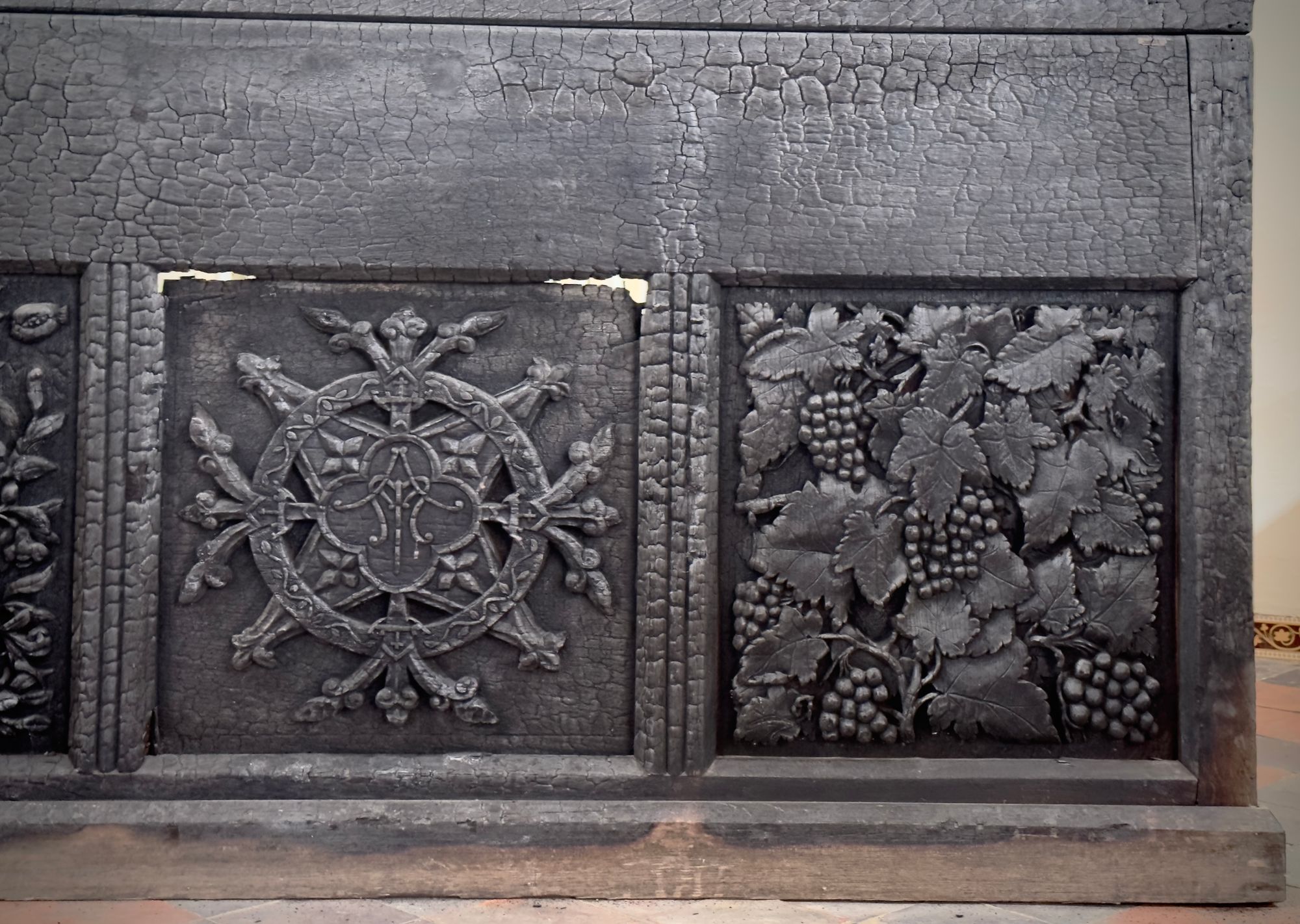
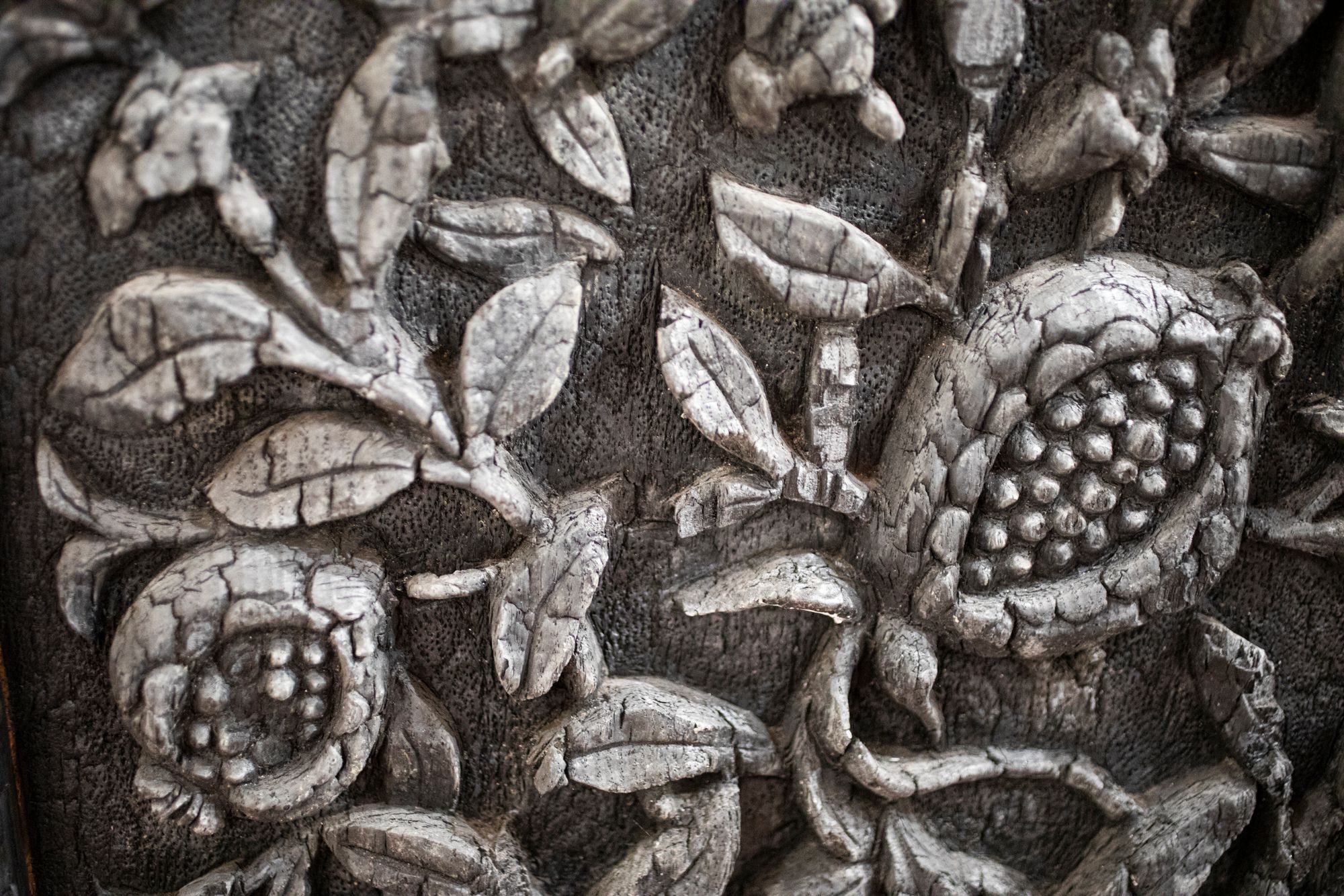
"I look at the fissured charcoal surface and can sense the devastation of the fire.."
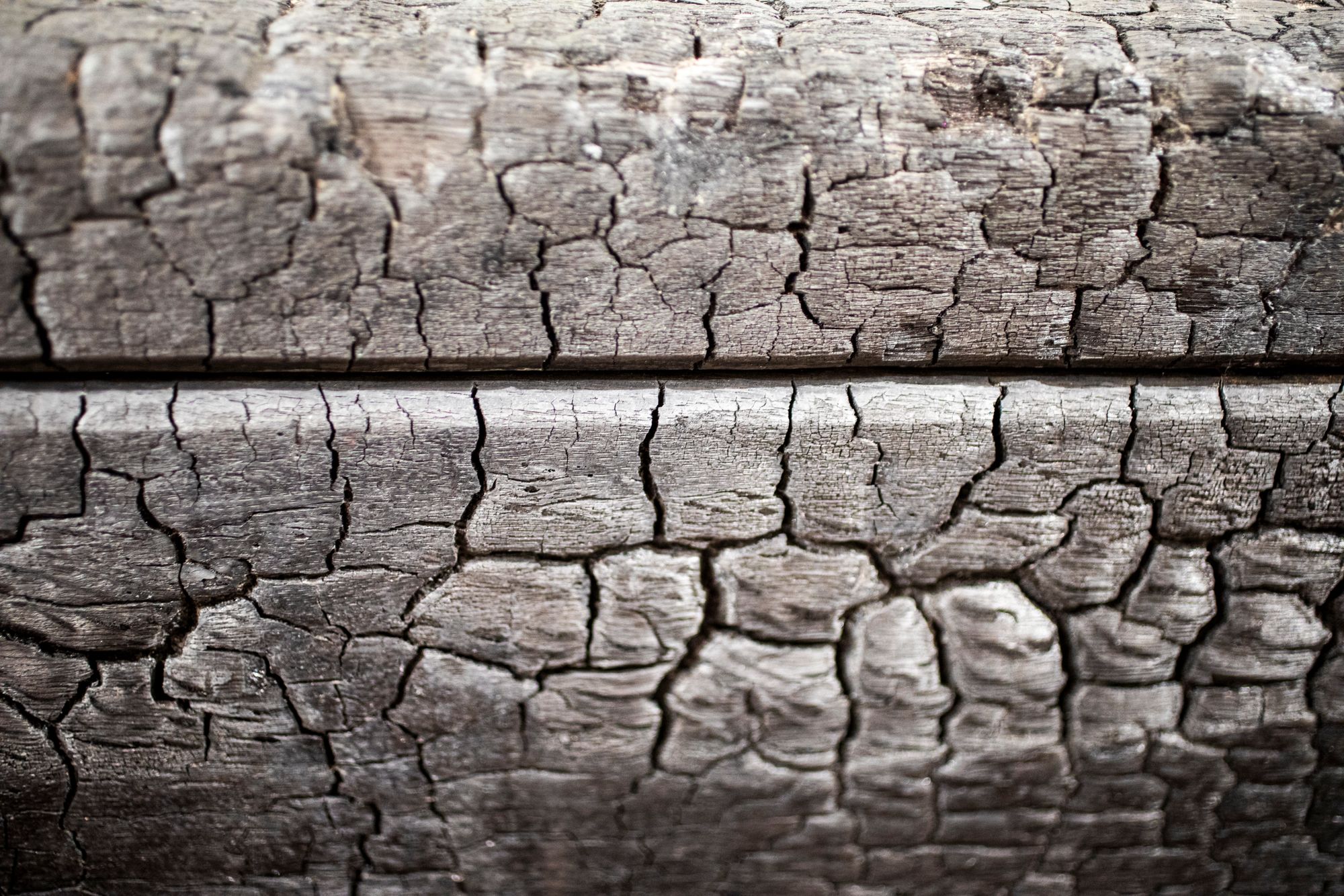
The altar is at the core of a narrative that springs eternal: re-birth and renewal. This single artefact elevates this place from the material to metaphor that is sacred and inclusive to all.
I’m reminded of some words by Rebecca Solnit:
“ When all the ordinary divides and patterns are shattered, people step up - not all, but the great preponderance - to become their brothers’ keepers. And that purposefulness and connectedness bring joy even amid death, chaos, fear and loss.”
I first read Rebecca’s quote in a book by Alex Evans called The Myth Gap . In his book, Alex talks of the demise of stories in our society: big stories, myths and epic tales - the stories that helped us understand the world and ourselves.
This building fills the myth gap and demonstrates something that is fundamentally human and beautifully scaleable: hope.
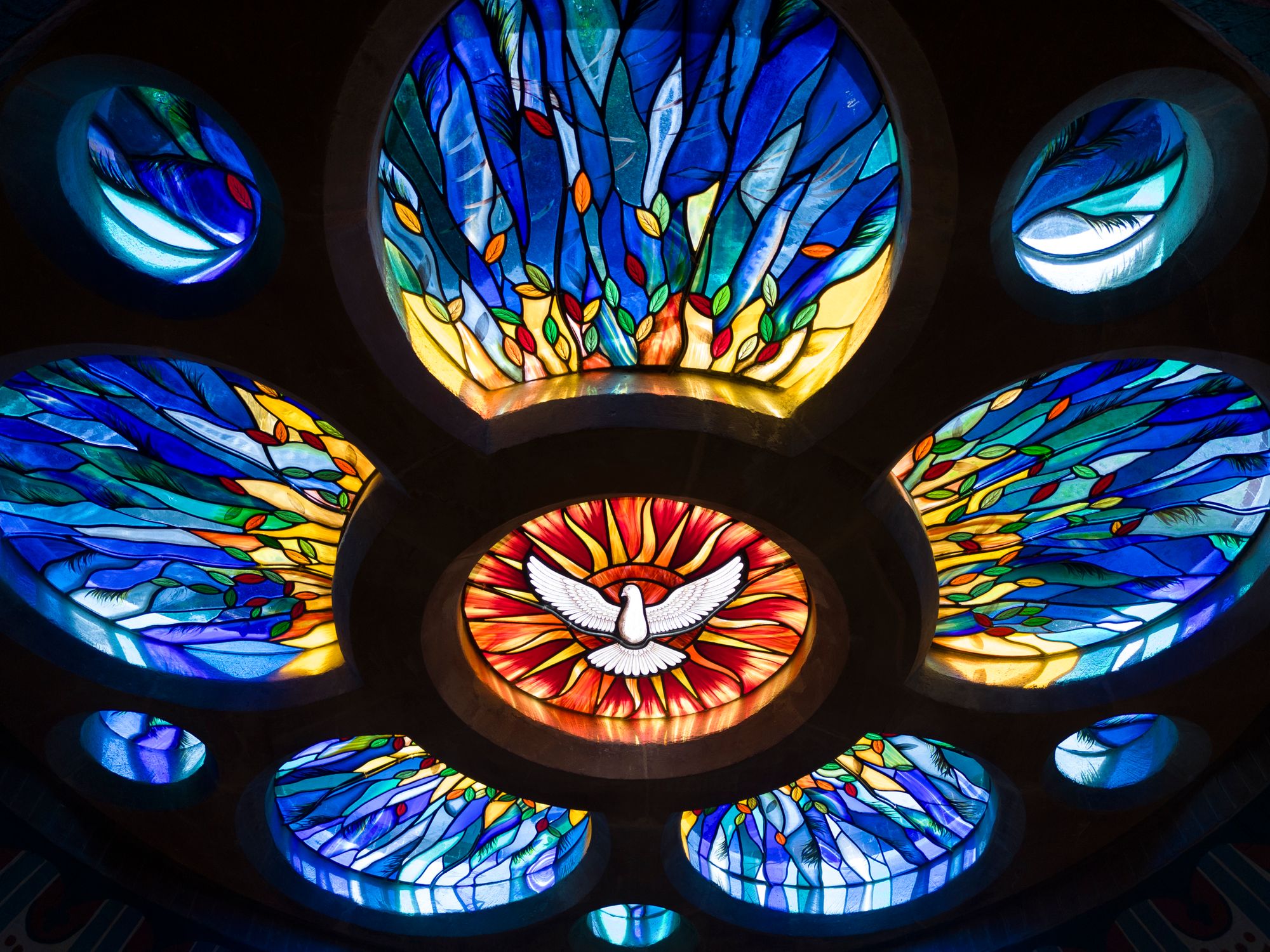
"This building fills the myth gap and demonstrates something that is fundamentally human and beautifully scaleable: hope."
Hope in a time of war, hope in times of poverty, hope in times of despair.
We don’t just build for shelter - we also build to help us understand the human condition and reveal counter narratives to things that threaten us. Sometimes there are buildings and places that are more valuable than cost-benefit-analysis. They provide the stories we need to connect with each other, make sense of the world and find solutions that just might, one day, turn myth into reality.
I’m not religious, but this church and the narrative that lies within has deeply moved me and renewed my faith in humanity. I’ll leave you with some final words from Alex Evans:
“ As we relearn how to tell myths about where we are, how we got here, where we might be trying to go, and who we really are, we will discover extraordinary new capacities for creating the kind of future we yearn for. As Isaiah once put it:
…your ancient ruins shall be rebuilt; you shall raise up the foundations of many generations; you shall be called the repairer of the breach, the restorer of streets to dwell in.”
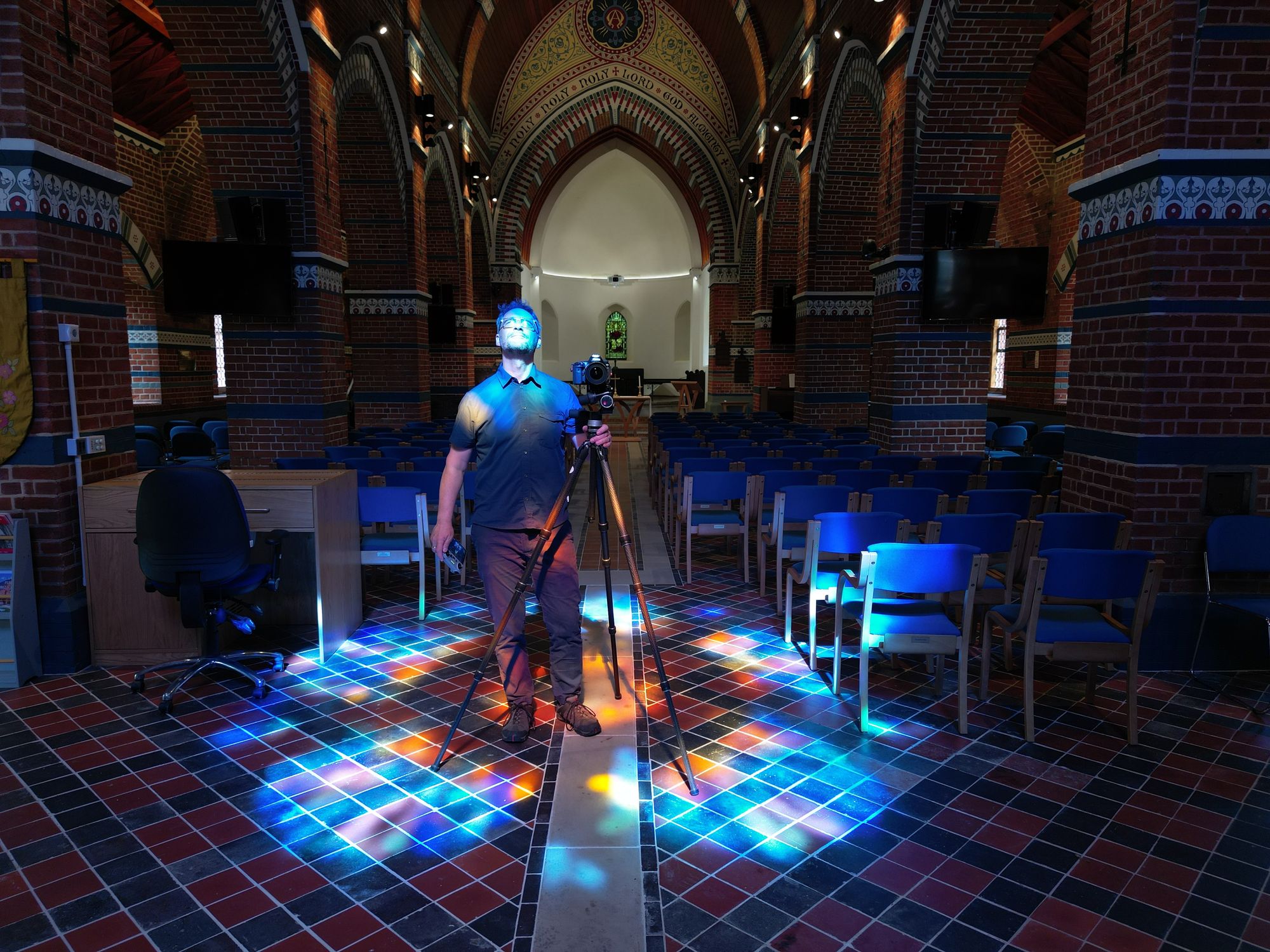
Photographs and words by Andy Marshall (unless otherwise stated). Most photographs are taken with Iphone 14 Pro and DJI Mini 3 Pro.



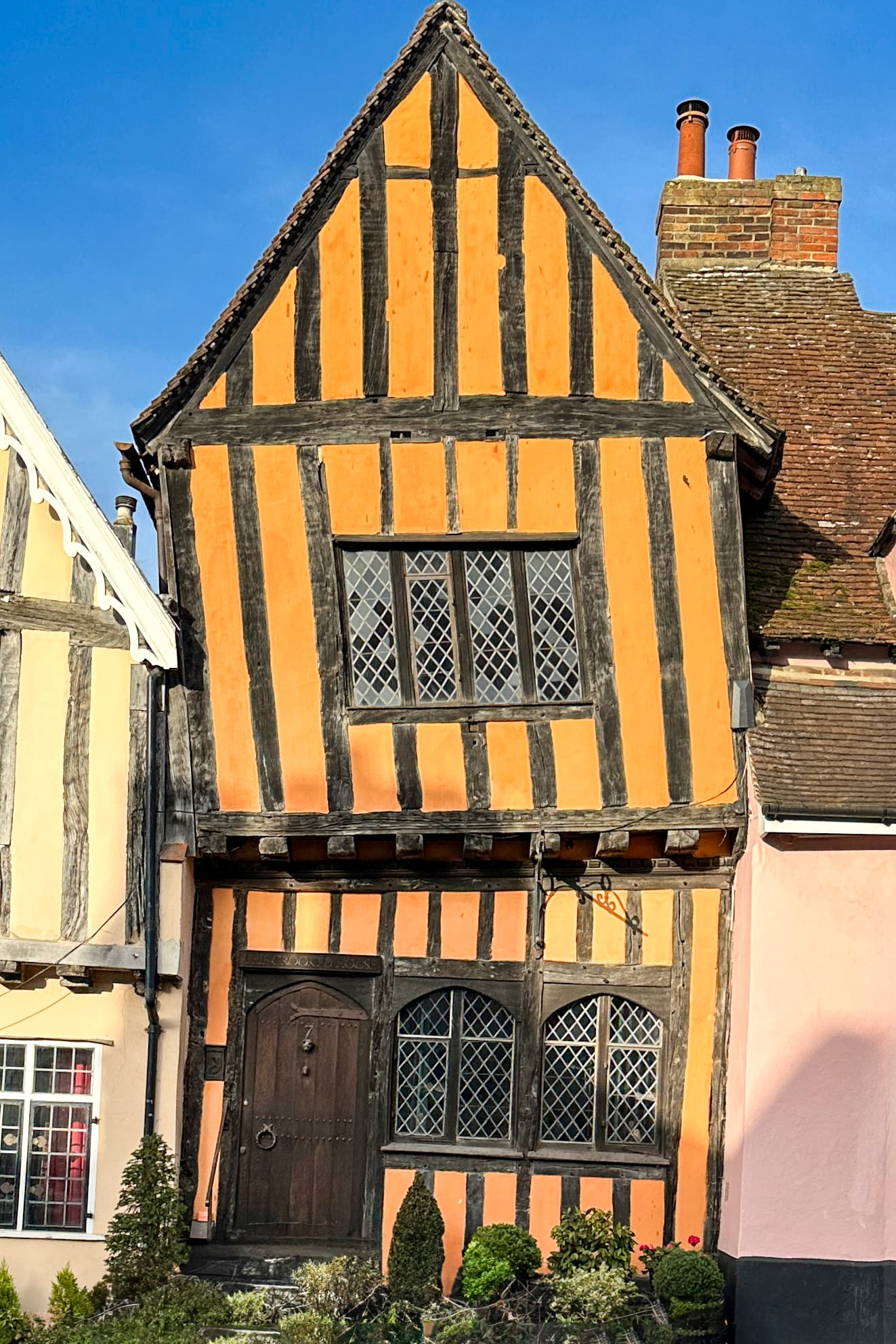

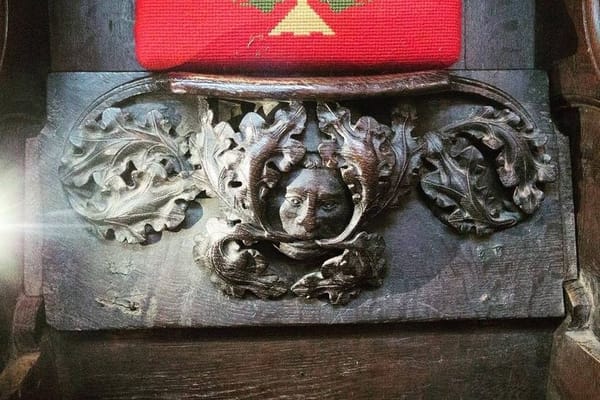
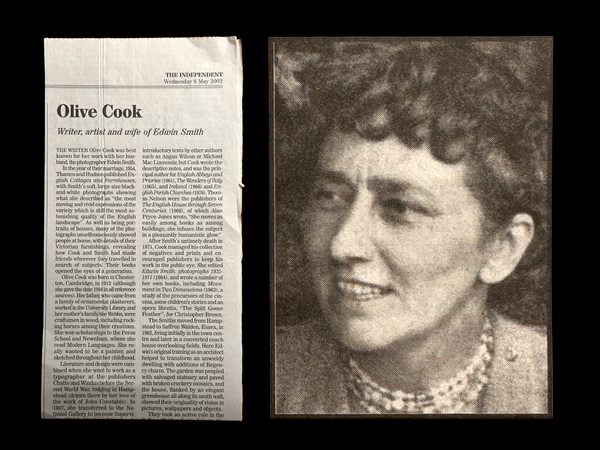
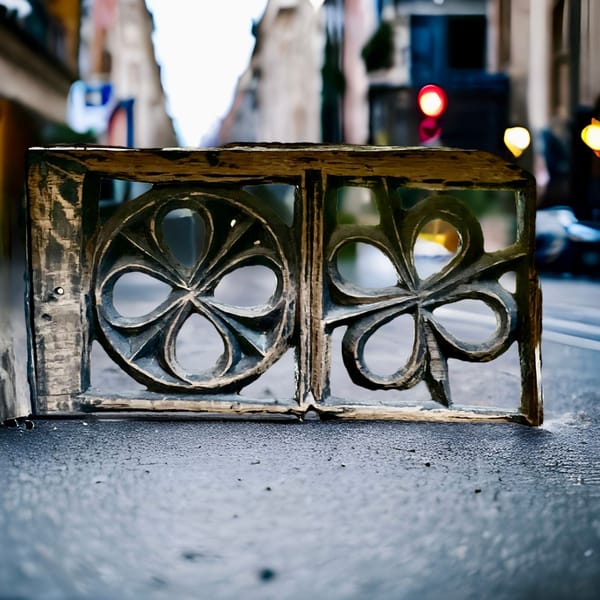

Member discussion